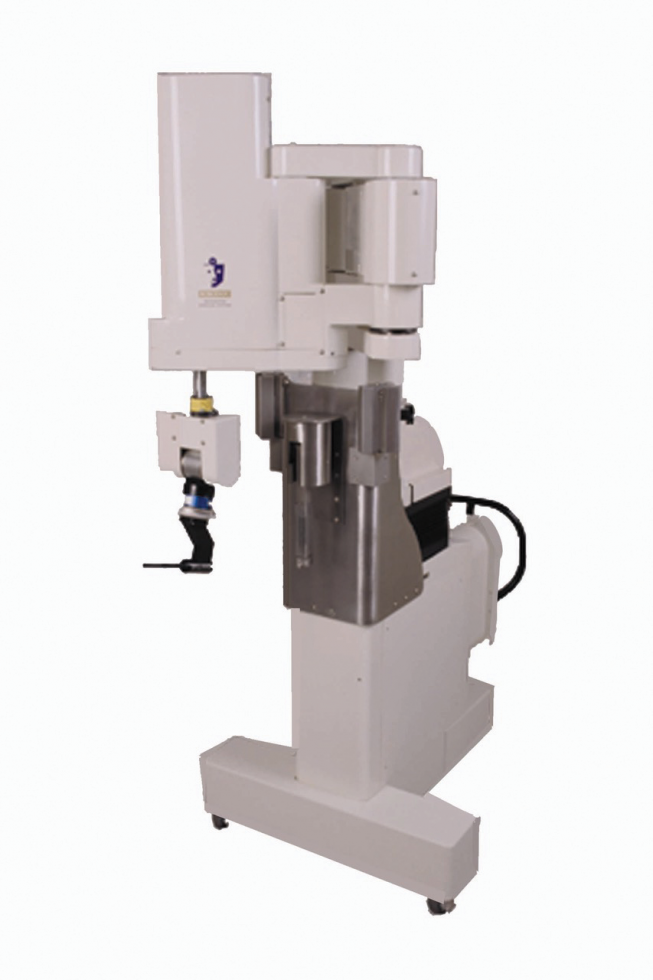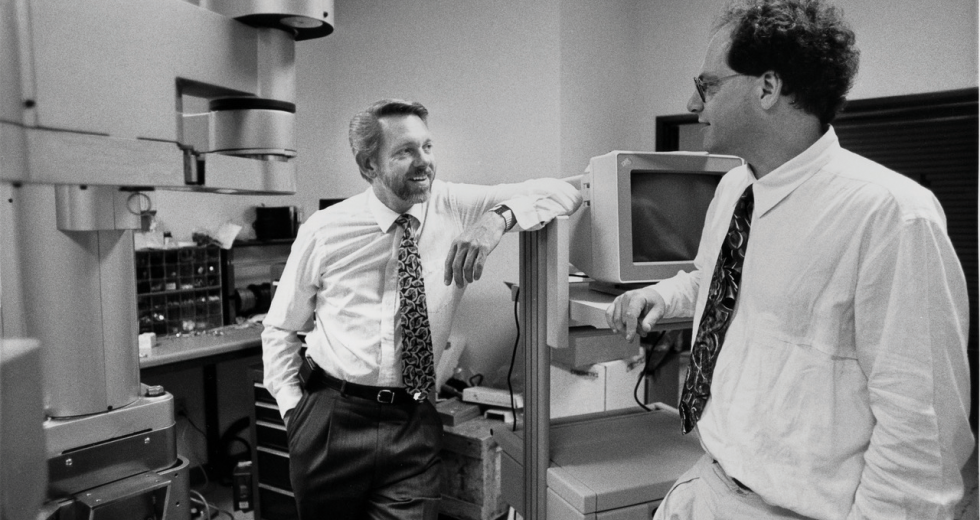In the early 1980s, physicians used acrylic cement to attach hip implants to the patient’s body. But this material would eventually break down, and the operation had to be redone. New techniques were being developed to attach the implant to the bone without cement. Cementless implants improved longevity, but they were difficult to insert and failure rates were high.
Davis-based Integrated Surgical Systems (which closed its doors in 2005) developed a robot designed to assist with hip replacement surgeries and insert these cementless implants with precision. Called Robodoc, this advanced robot was the brainchild of engineer-turned-orthopedic surgeon Dr. William Bargar and the late veterinarian Howard “Hap” Paul, who were both working at UC Davis then.

With the technology of the time, what was the biggest challenge in building a robot that could handle surgeries?
The biggest challenge was that robots in the early ‘80s were not able to be programmed like computers. The ones used in industry at the time required days to set up and just repeated the same task over and over. We needed to do a different job for each patient (they come in different shapes and sizes, as you know). And we needed to set up the robot and perform the surgery within a couple of hours. After contacting many robot manufacturers, I nearly gave up on the idea. But then my father, who used to work for IBM, made a connection for us with IBM’s Thomas J. Watson Research Center in Yorktown Heights, New York. A researcher there, Dr. Russel Taylor, had just created the first computer language to allow the programming of robots. They were looking for a demonstration project.

After a successful demonstration project with the Thomas J. Watson Research Center, IBM agreed to fund the initial investment in Integrated Surgical Systems. For second and third rounds of financing, there was no problem securing funds, mainly because of IBM’s reputation. The financial history of the company is long and complicated and impacted, to a large extent, by being the first to apply to the FDA for use of an autonomous robot in surgery.
In the past 40 years, do you believe the health care industry has embraced robotics?
Yes … finally, but it took many years. As with any disruptive technology, it takes a long time for the mainstream to embrace it. Today acceptance is growing exponentially, but the majority of hip and knee replacements are still done manually. Surgical robots are expensive, but offer long-term savings by the potential increased longevity with lower failure rates and less complications.
–
Stay up to date on business in the Capital Region: Subscribe to the Comstock’s newsletter today.
Recommended For You

The Doctor Will See You Now
COVID-19 gave a major boost to telehealth services, but for how long?
During the pandemic, the benefits of patients connecting
virtually have been transformative in many ways.

Restoring Balance
Medical herbalist Sage LaPena shares traditional knowledge and health education
As the practitioner for the Sacramento Native American Health Center’s Healing Ways Program, Sage LaPena helps patients get control of their conditions through a holistic approach.

Can Artificial Intelligence Improve Mental Health?
After the disruption of 2020, the push for more collaborative affiliations has become even more urgent. At the core of this evolving model is technology.

A Comprehensive Effort
UC Davis Comprehensive Cancer Center looks to leverage recent $17.5 million federal grant
Factoring in local matches, a common requirement for federal grant awards, the money could go much further.

The New Age of Aging
Developers in the Capital Region are building new models of senior housing — in preparation for the ‘silver tsunami’ to come
As aging baby boomers approach their golden years, new senior living projects are springing up to accommodate to increased demand and offering a new take on “aging with grace.”



